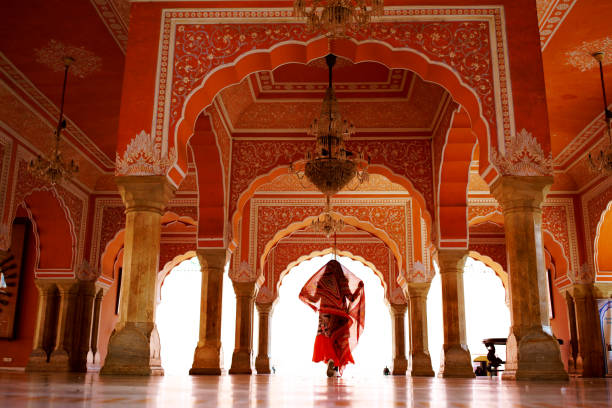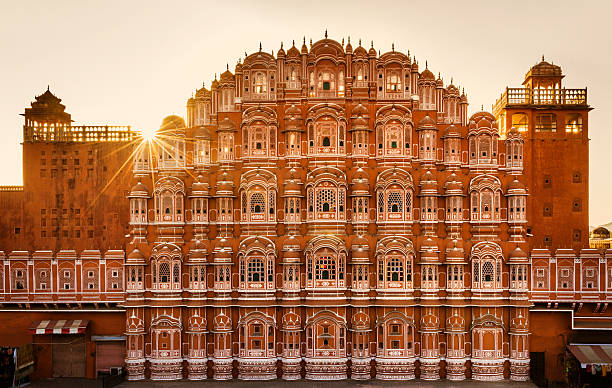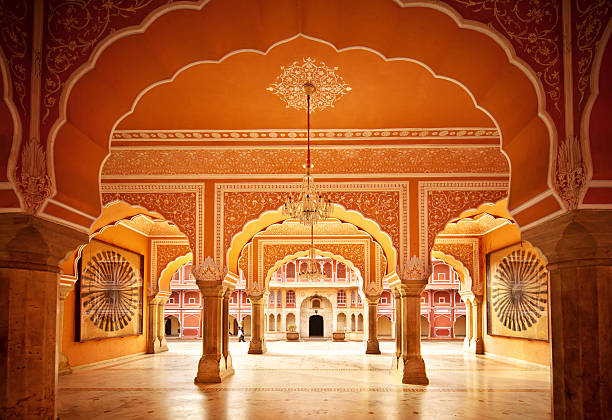Journey Through Time: Unveiling the Splendors of Indian Architecture
A Glimpse into the Architectural Heritage of a Nation Steeped in History and Culture

A Tour Through Indian Architecture's Everlasting Magnificence
Known for its vibrant customs and rich cultural legacy, India has produced some of the world's most remarkable and long-lasting architectural wonders. Indian architecture has enthralled people all around the world for millennia with its fine details, symbolic components, and well-balanced fusion of art and science.
Indigenous Architecture's Foundations
Indian architecture has ancient roots; the earliest examples date to the Indus Valley Civilization, which flourished around 2500 BCE. These prehistoric buildings, which were mostly made of wood and mudbrick, had a profound awareness of spatial order and a close relationship to the natural world.
The Development of Building Styles
Indian architecture has continuously changed over the ages as a result of several cultural and religious influences. Every era left a lasting impression on India's architectural environment, from the imposing temples of Khajuraho and Hampi to the rock-cut temples of Ellora and Ajanta.
The Trio of Indian Architectural Foundations

Three main styles can be used to roughly characterize the development of Indian architecture: Nagara, Dravida, and Vesara. Every style has its own distinct qualities and has thrived in various parts of India.
In the Nagara style: The Nagara architectural style, which is most prevalent in northern India, is distinguished by its elaborate carvings and tall shikharas (spires).
Dravida fashion: The Dravida architectural style, which is predominantly found in southern India, is renowned for its magnificent gopurams (gateway towers), complex sculptures, and pyramid-shaped towers.
STYLE: Vesara The Vesara style, which is common in central India and demonstrates a harmonic balance of both architectural traditions, is a combination of Nagara and Dravida forms.
The Architectural Elements' Significance
Indian architecture has a rich history of symbolism and significance. Every component—from the building's orientation to the locations of the sculptures—has a significant meaning. One example of a hemispherical mound that symbolizes the universe and the cycle of birth, death, and rebirth is the stupa.
The Religious and Cultural Influence
The influence of religion on Indian architecture was significant. Under the support of kings and followers, the building of mosques, temples, and other places of worship proliferated. These buildings represented the customs and beliefs of the period and functioned as spiritual hubs.
Indian Architecture's Legacy

Indian architecture today serves as a tribute to the country's inventiveness, skill, and cultural diversity. It still serves as an inspiration to contemporary designers and architects, who fuse modern and traditional components into their creations by incorporating Indian architecture.
To sum up
Indian architecture is a fascinating tapestry with spirituality, culture, and history interwoven throughout. India's significant contribution to architecture and its capacity to design environments that uplift, inspire, and foster connections between ourselves and the outside world are underscored by its enduring legacy.











































































































































































































